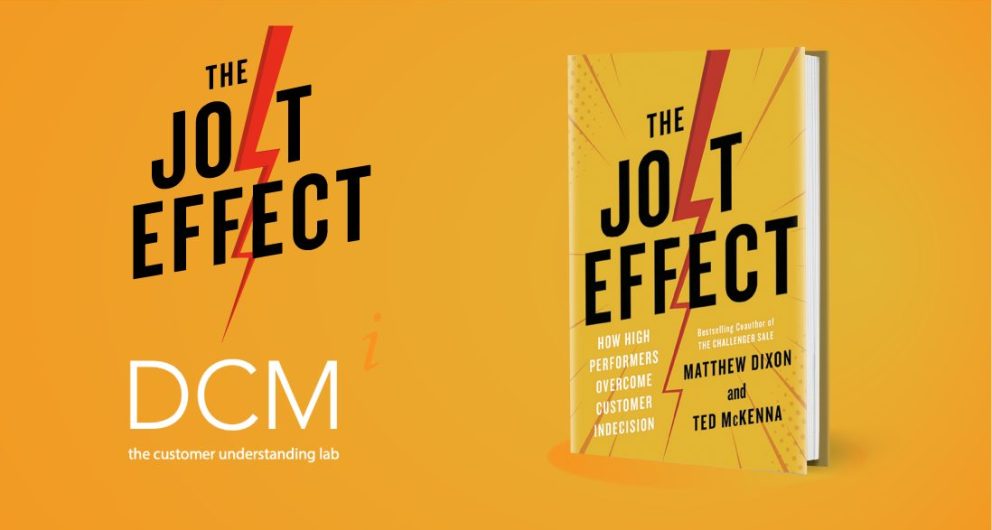- Coaches (3)
- Courses (25)
- Customer Success (10)
- Investment & Fundraising (6)
- Management & Leadership (34)
- Marketing (6)
- Prospecting (19)
- Sales (34)
- Sales Impact Academy News (23)
- Wellbeing (9)
Rolling Out a Methodology? Be Sure You’ve Got a Plan To Stick The Landing!
What is it, why bother, and how to make sure you get it right.

- Management & Leadership, Sales
- Brooke Bachesta
- Estimated Reading Time: 12 minutes
I: Picking the Methodology
Great sales programs have a methodology and they stick to it. Why? Methodologies, like any good strategy, allow you to create effective playbooks, scale processes, and measure rep success at a micro and macro level. It provides a jumping-off point for an effective sales process that can adapt to the needs of a given seller.
Now, whatever methodology you end up selecting, it’s useless if it doesn’t fit into your sales process. To be clear, the sales process is the science part of sales, aka the different stages you might move a deal through, with specific questions and exit criteria. The methodology acts as the “art” of the deal, giving reps language and plays to leverage within the deal.
When it comes to picking the “right” methodology for your organization, keep in mind that there are TONS of them out there – from Challenger, to Sandler, to Proactive Selling, there are even firms like SIA or others that provide their own framework, it can be quite overwhelming once you immerse yourself. The important thing isn’t necessarily which one you pick, but that you stick to it and build it into everything that your team delivers.
Some things to keep in mind:
Are there other customers of this methodology in your industry and company maturity level?
Are there other enablement professionals in your niche that you can partner with to roll out your process?
Are there any existing models or workflows you can review and right-size for your own business?
This brings me to my next point: roll out.
II: Roll-out Considerations:
Rolling out a successful program relies on the following tenets:
Accountability
Ease of use
Outcomes driven
Accountability:
Keeping folks accountable to the process requires that their workflows are aligned with their tools and that leaders are bought into the new process. Regardless of which region, segment, or vertical a rep is selling into, the rules should be clear and obvious, and everyone in that department – from the entry-level rep to the regional VP, should be aware of the scoreboard and their place in it as it relates to the methodology.
Dashboards that track pipeline and product attribution, reports that show whether or not specific notes are filled out, call recording software to track conversations, and required fields are just a few of the places you might consider tracking. Leveraging technology to automate what can be automated will save you significant time. One such provider is Outreach.io.
Ease of use:
Ever try to get your prospects to “do” something for you but lose traction when the directions were unclear? My guess is it didn’t go so well. The same goes for managing reps and leaders. Any changes to their workflow need to be simpler than what they did before, with better outcomes, and as much work automated as possible.
Examples:
Company A:
Reps are required to manually log their calls in a spreadsheet for manager review each day, and use a tagging system to call out the specific aspects of qualification that their methodology requires. At the end of each month, the manager reviews (manually) and transports that data into a separate spreadsheet, which then feeds a Tableau dashboard for exec. Review.
Company B:
Reps’ calls are all recorded and transcribed using a conversation intelligence tool, their next steps are automatically logged into their CRM or SEP (sales execution platform), and their deals are tracked in a shared success plan that requires them to include methodology-specific qualification criteria in order to move their deal along.
Which company do you think is better positioned to win with their methodology, rather than just create admin work?
The right answer is Company B. Not only is the process easy, but it removes human error/bias by automating what can be automated and building the human-entered data points (deal context) into their already existing workflow (pipeline reviews).
Outcomes Driven:
Lastly, people need to know what’s in it for them. Just like any great seller who’s trying to pitch their solution to a company – it’s imperative to attach your chosen methodology to a business initiative.
Have you recently resegmented or verticalized? Are you in the midst of updating your sales talk track to better reflect the current state of the economy? Are you currently hiring or pausing hiring and asking reps to take on new responsibilities?
I bet ya, you can map your methodology rollout to that! Call it out explicitly, and loop in stakeholders like your CRO or CMO to help champion this and build the hype!
III: Making it Stick
You’ve put all of this energy into launching, now what? Take a moment to humour me and imagine the following situation:
You just spent all of last quarter building a kick-ass training course from scratch or working with a third-party consultant like SIA or others to build an implementation plan. You are so proud of rollout! The field likes it! You receive excellent CSAT scores! But then…
Three weeks later, someone says one of the following to you:
“Never heard of it.”
“Oh wait we’re still doing that?”
“Hey, can you spin up a training on [exact same topic]?”
We’ve all been there at one point or another, and it stings every time.
Leadership Buy-In
No launch is successful without an intentional reinforcement plan. Be sure that prior to launch, you’ve included front-line leaders and their skip levels in multiple previews of the rollout plan, and provide opportunities for them to weigh in. Questions you might consider asking them:
Does this methodology seem like something you can reinforce in the field?
When reinforcing, are there concerns or roadblocks that might be alleviated by leveraging 3rd party learning solutions?
How comfortable are you with your current tech stack?
How might it change the way you deal coach?
How might it impact the way you review pipeline?
What types of materials would be helpful for you to drive alignment consistently across your team?
Onboarding
Once you’ve got a handle on what your stakeholders need to enable their team, it’s time to start thinking about the future.
For every new hire that starts, how will this fit into their onboarding journey? Methodology training should be a high-priority topic that is covered in the first week, if not the first three days of any new hire’s onboarding.
Here’s why:
A “sticky” methodology touches every part of a sales rep’s journey: it should inform the way they qualify, run discovery calls, demo, and navigate deals.
It should not be treated as a secondary topic that reps are exposed to later – doing so puts your team at risk of viewing your methodology as a “nice to have” rather than a crucial part of executing well.
Tying Out
In closing, here are a few tips for you to ensure a successful launch and sustained rollout of your Methodology:
Ownership
While everyone on your enablement team should be enabled into what your methodology is and how it works, ownership requires a team captain.
Pick someone on your team to own methodology and learning across the revenue org.
Best case scenario, you have a full-time person dedicated to owning the launch and sustained rollout of your methodology. They’d be tasked with vetting every sales training for continuity, product marketing scripts, new hire onboarding, storytelling, and more.
For those of us without the ability to hire a full-time person, consider assigning a handful of these responsibilities to a team “captain” of sorts on the Enablement team. You might consider having them own the relationship and future training with any paid consultants from the methodology firm, attending methodology conferences and providing training materials for the team and reinforcement materials for managers.
What’s in it for them? Highly transferable skills training and an opportunity to be positioned as the “expert” internally. Managing vendors and having demonstrable experience in rolling out paid programs (whether it’s a software purchase or change management around sales process) is a hot commodity!
What’s in it for you? A point person to help craft scalable materials and plans and an opportunity to have an internal person responsible for the training and upskilling of your team.
Launch Plans
Create some kind of scorecard for yourself – either in the form of a maturity model, a road map or a checklist to keep your team on track when it comes to moving the needle.
When it comes to launching big projects, roadmaps are crucial to success. Typically, a rollout like this takes a significant amount of time and energy and as the months (or even quarters) roll out, it may be difficult to see the forest through the trees.
Success Metrics
Select a success metric (or better yet, a handful of them) at the beginning, how will you know that implementing a methodology is worth it?
This might be something like improved qualification measured by Discovery Call → Next step % ratio, or tracking your ASP (average sales price) to see if it goes up or down following your rollout.
If you’ve chosen to leverage a paid provider such as SIA, it’s likely that your provider has the resources available to help you report and build on your success metrics.
Tying out, be sure you have a plan not only to launch your enablement but to reinforce and sustain by way of people, processes and platforms.
Happy enabling!
Brooke
Appendix
For more information on methodologies, check out the following resources:
About the author:
Brooke Bachesta started her career as an SDR right out of college, selling marketing software in the Bay Area. After moving back home to the Seattle area, she worked her way up to an AE, later an SDR Manager and global XDR Enablement lead at Outreach.io where she owned development and training for their entire XDR org. While at Outreach she helped grow the company from $25M in revenue to $200M and expand the XDR org from 35 to 100. She’s now the Head of Commercial Learning Design at JLLT, tasked with bringing “WOW” to her internal customers and building the vision for training the Commercial sales team.
When she’s not at JLLT, Brooke enjoys mentoring early-stage career folks via University programming, student mentorship and campus lecturing.





